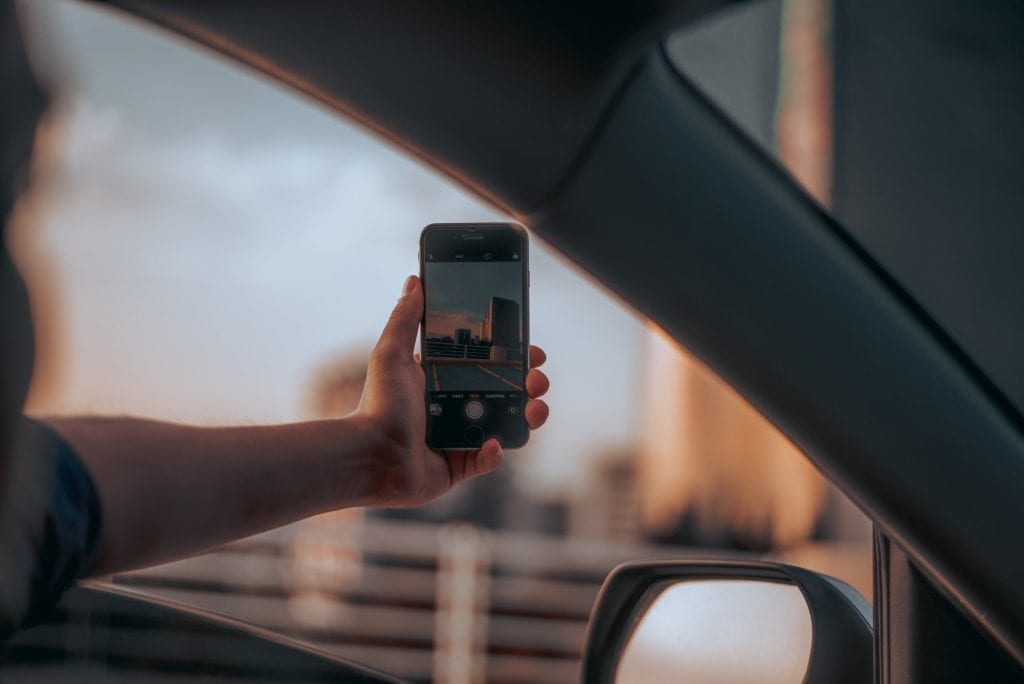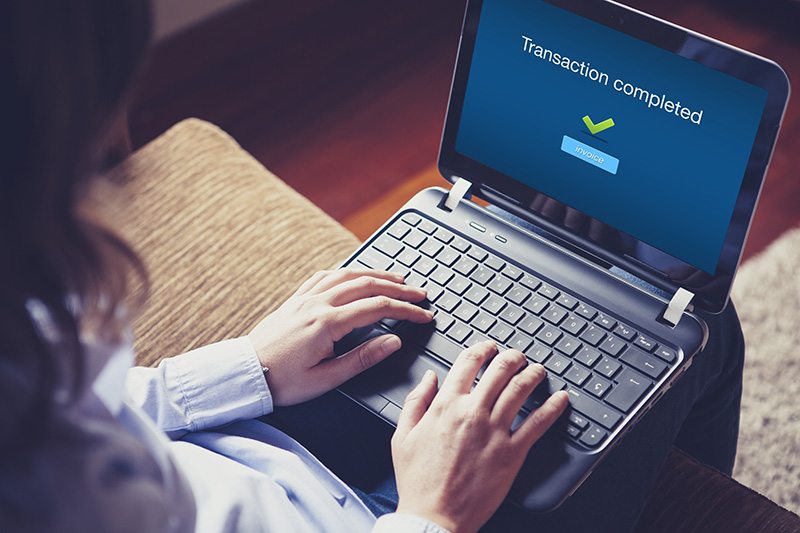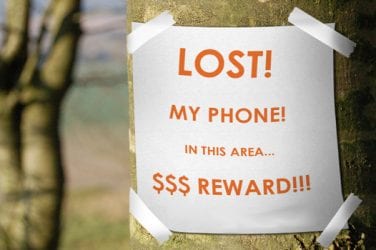Do we even have a vernacular for a digital whirlwind that has engulfed the world? To be more specific – what nomenclature is valid in the time when jargon becomes obsolete before it is implemented? Information runs like a mountain river and a unit of data isn’t even remotely comparable to the size of a singular drop. But this drop in the endless stream is special because it belongs to you: it is the list of contacts that you value most, the precious bank details that keep you afloat, it is all that comprises your identity in a smartphone, and the very idea of becoming vulnerable to the raging information flow is understandably terrifying. This is why, in this 2019 update, it is of utmost importance to discuss how to make your iPhone as secure as possible.
Don a password instead of a passcode
Let’s get one thing out of the way – you don’t have to be a programmer or a tech wiz in order to learn how to increase your iPhone’s security. In this day and age, mechanisms of digital protection need to be accessible to everyone in order to achieve the most efficient levels of safety. You can begin by looking into simple matters – such as replacing your passcode with a password.
Most iPhone owners use either four or six-digit passcodes as the first and last lines of defense, but this is simply insufficient. Instead, the best course of action is to replace it with an alphanumeric password that also uses symbols and, if you are quick with your fingers, upper and lower cases. Such a password may appear to be cumbersome for typing, but it will become muscle memory after a while.
Use certified protection apps
Many third-party developers have collaborated with Apple in order to generate the most efficient applications that are meant to protect your devices, be it an iPhone, an iMac, a MacBook, or all of them. Prioritize finding the most suitable apps that will protect your data as you browse, since you never know who is looking at your phone from the ‘other side’.
 Source: freepik.com
Source: freepik.com
You should also consider an efficient device searching app for a piece of mind. By linking your devices through such an application, you will ensure that a potentially stolen device is never truly lost. You can track the position and altitude of your device as well as incriminating activities of the thieves. Once you have decided to involve the authorities, finding your lost device is only a matter of time, and you can still protect it and monitor it by using the app.
Biometrics are complicated
In principle, biometrics is a sound method to protect your iPhone from a hands-on breach. Using facial recognition, fingerprints and iris scans to unlock your devices has emerged from the pages of science fiction and entered our mundane existence.
 Source: freepik.com
Source: freepik.com
But these methods are not always foolproof – especially in the case of highly-contended facial recognition. A false acceptance rate for a facial ID is one in a million, which means that there are at least 7,500 people around the world that can easily unlock your iPhone with their own faces. In addition, such protection doesn’t mean a lot if a perp forces you to apply your biometrics under a threat of violence.
USB Restricted mode
USB restricted mode has been introduced by Apple for a good reason, but it can be a conundrum to find the toggle button. You can reach it in the Touch ID & Passcode/Face ID category under Settings. After you have entered the passcode, scroll down to find the ‘USB accessories’ option and make sure that it is toggled off. This means that other devices cannot access your own through a USB connection. It has initially been used by police enforcement to bypass lock screens, but it was only a matter of time before data collecting hackers utilized it for their own purposes.
 Source: unsplash.com
Source: unsplash.com
There is a striking statement of Alex Gibney during the final moments of his documentary about Steve Jobs. It speaks of how, once we lock our iPhone and the screen goes black, we are left there with nothing but our own reflection gazing back. In many ways, this is a profound description of our relationship with smartphones. When we are required to part with them for a short while it feels as if we are leaving the piece of ourselves behind, and when they end up in hands of strangers, it almost feels like a violation. The same goes for the digital aspect of our iPhones – and the information that can be stolen and misused unless we take the necessary steps to protect ourselves.







